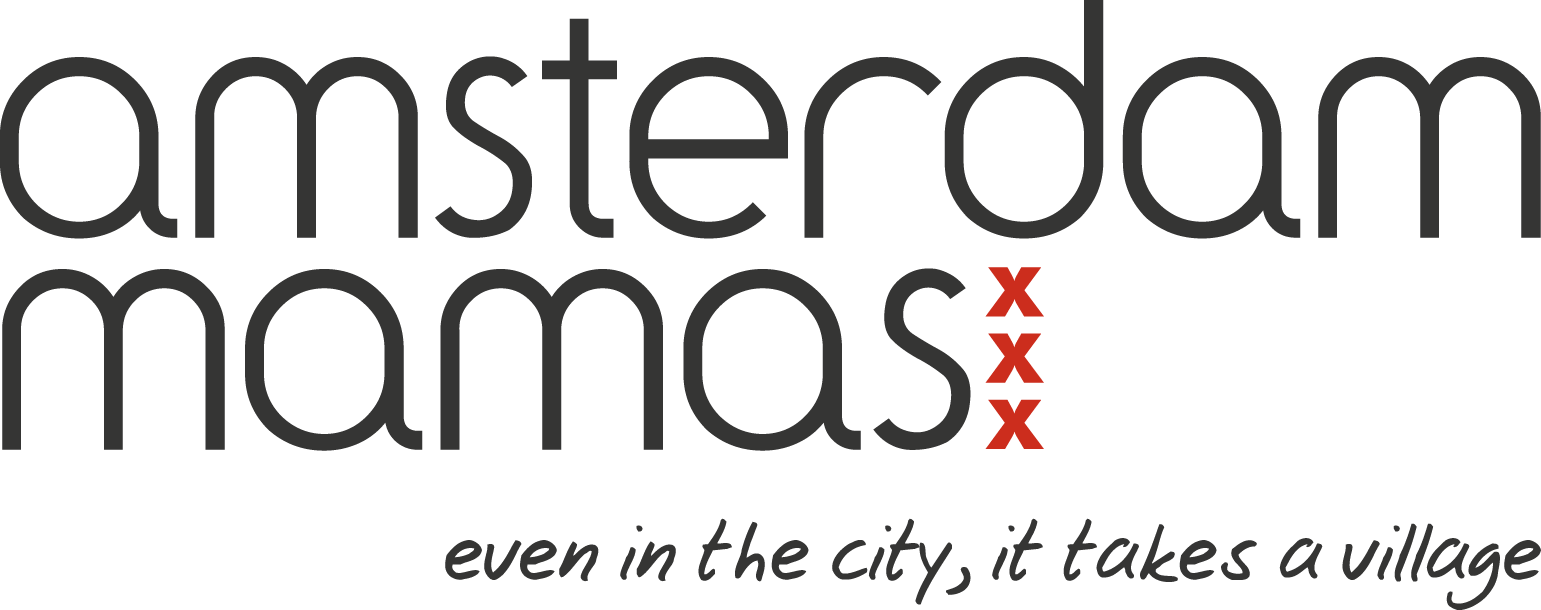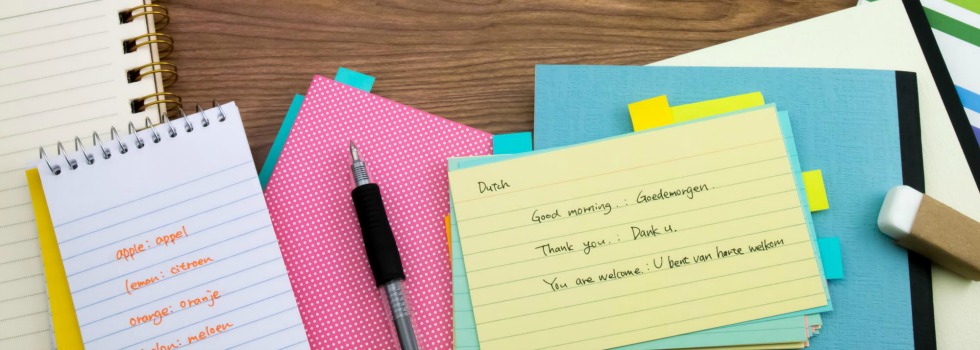Maybe the poffertjes and pindakaas have got to you, or your kids can’t imagine life without a bakfiets … Whatever the reason, if you’re planning to stay in the Netherlands a while, you might be considering taking the NT2 exam. Thankfully, Clarissa is on hand to make it all seem a little less daunting.
One of my goals for 2017 was to pass the Staatsexamen Nederlands als tweede taal, or NT2 exam. This is an exam for non-Dutch speakers to evidence their language proficiency. I did the higher of two levels offered, corresponding to B2 in the Common European Framework of Reference for Languages. This is equivalent to ‘A’ level standard in the UK.
I took the exams in June. It has four parts – speaking, reading, writing and listening – spread over two days, though you can do them separately. I went to Amsterdam, but there are other exam centres across the country. Six weeks later I got the results – I had passed three of them, but fallen just short in the speaking part (by two marks!). Fortunately, I could retake just that one, so after a few more lessons I did. And the second time round I passed it. I found out just in time for Christmas, so I could celebrate that I had managed to achieve my New Year resolution! Four years ago I didn’t know any Dutch – in fact we’d only just decided that we would be moving here – and now I have professional level language skills.
The exams:
The exam was unlike my school language exams as it was all on computer. Everybody had a desk with privacy boards round three sides, so we couldn’t see the work of the people sitting around us. And each computer had headphones with a microphone attached.
During the exam all electronic equipment is forbidden, as are all watches and your own pens and paper (these are provided should you want to write anything down during the exam). You can take your own food and water in though, and there are usually plenty of clocks on the walls of the room to keep an eye on the time. Lockers are provided outside for valuables.
For the reading and writing exams we could take up to 3 dictionaries – I had a Dutch-English, an English-Dutch and a Dutch dictionary. I would definitely recommend taking a Dutch dictionary with you, as well as one(s) for translating to your own language, as it has a lot of useful information in it. For example: irregular verb conjugations, whether a noun is de or het, irregular plurals, etc. While you don’t have time to look everything up, I definitely made use of it to double-check my writing.
The writing exam was done in two halves, and in each half we had four sentences to complete, and then two longer pieces to write. The longer pieces both asked for a word count of about 150 words. Two of them required us to make up lots of the information we needed to include, which was quite tricky. The other involved pulling data from the text and giving our opinion about it.
The reading and listening exams were multiple choice, and both included a number of texts with comprehension questions.
For the listening exam we all listened to the text at the same time, and while we could navigate through the questions on the screen we couldn’t pause or repeat any of the audio. So if you missed something, you couldn’t go back and hear it again. But we were given plenty of time to read the questions before the audio was played.
The speaking exam was pre-recorded and our responses were recorded also. We had a series of situations to put ourselves in and then respond to. The first few questions were shorter, building up to two longer ones at the end. These were all timed and we had between twenty seconds and two minutes in which to answer. The longer responses also had some thinking time for us to plan our answer. The tricky thing with this exam was that there wasn’t anyone to interact with. The recording beeped when we needed to start talking and then beeped when our time was up. Anything that we said after the second beep wasn’t recorded and wouldn’t count towards our answer. If you hadn’t finished, you just had to forget about it and go on to the next question. I got a bit thrown by this in the exam the first time round. Also by the timer itself, as it counted down to the end of the exam rather than to the end of each question.
The second time around I knew what to expect in the speaking exam and I made better use of my time. I made sure to use the thinking time for the longer questions to write down, word for word, what I wanted to say (as much as I could in the time). This meant that when I was speaking it flowed better and I could double-check as I went along that the verbs matched.
My Tips for the NT2 exams:
- Look through the Staatsexamen website – it has all sorts of tips and explains the marking criteria, as well as providing example exams.
- Practise the speaking part with audio and headphones.
- Learn where things are in your dictionaries before the exam, so you’re comfortable using them.
- Read the questions carefully and make sure you include all the things they ask for in your answer.
- Use the thinking time to write down some of what you want to say.
- Relax!
Useful Links:
Duo – to register and get results
This article was adapted from Clarissa’s blog https://clarileia.wordpress.com/ and has been reproduced on Amsterdam Mamas with full permission from the author.
Clarissa Gosling
Clarissa Gosling moved from the UK to The Netherlands in 2014 with her husband and two children, who are all enjoying Dutch life. She is the author of Moving Abroad with Children and Raising Bilingual Children: When School Speaks a Different Language.






